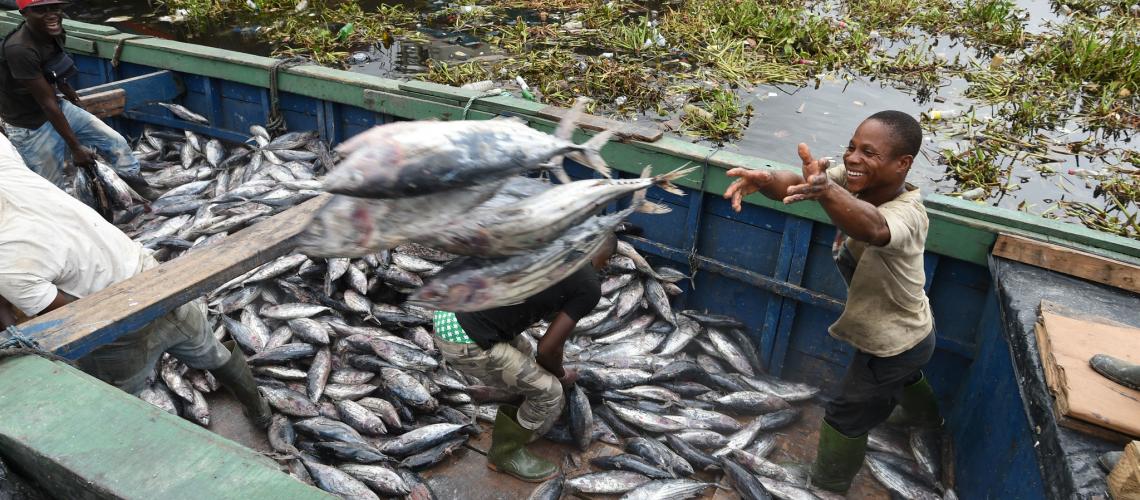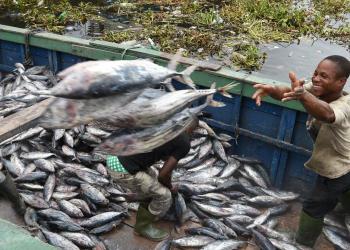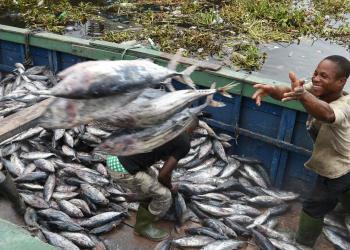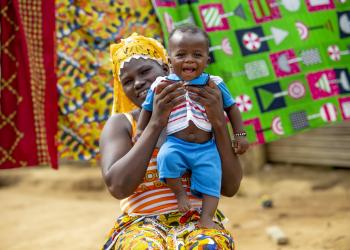
Western & Central Africa
Côte d'Ivoire faces recurrent floods and landslides. Caused by heavy rains during the rainy season, floods mainly affect coastal urban areas like Abidjan, where continuous and uncontrolled urbanization favors disasters. In addition, the country is heavily exposed to an increasingly significant coastal erosion phenomenon resulting in damages and losses. In the coming decades, climate change will intensify the impacts and occurrence of these phenomena. It is also vulnerable to technological risks and industrial pollution like the crisis of toxic waste dumped by the ship Probo Koala.
In 2015, responding to a government request, the CADRI Partnership deployed a multidisciplinary team to facilitate an assessment of national capacities to reduce disaster risk. The diagnosis placed particular emphasis on land use planning and natural resource management — forest, land, water, and coastal zones — and also covered six other socio-economic sectors: agriculture and food security, nutrition, health, WASH, and education.

The assessment resulted in the development of the National Action Plan for Strengthening Disaster Reduction Capacities (2016–2020), which was validated by the Prime Minister in the presence of the Minister of Economy and Finance and the Minister of Environment in 2016. The National Platform for DRR was established to oversee the implementation of the National Action Plan.
 French
FrenchCôte d'Ivoire - National Plan 2016-2020
15 Sep 2015 French
FrenchCôte d'Ivoire - Country Story
15 Sep 2015 French
FrenchCôte d'Ivoire - Capacity Diagnosis Report
1 Sep 2015
